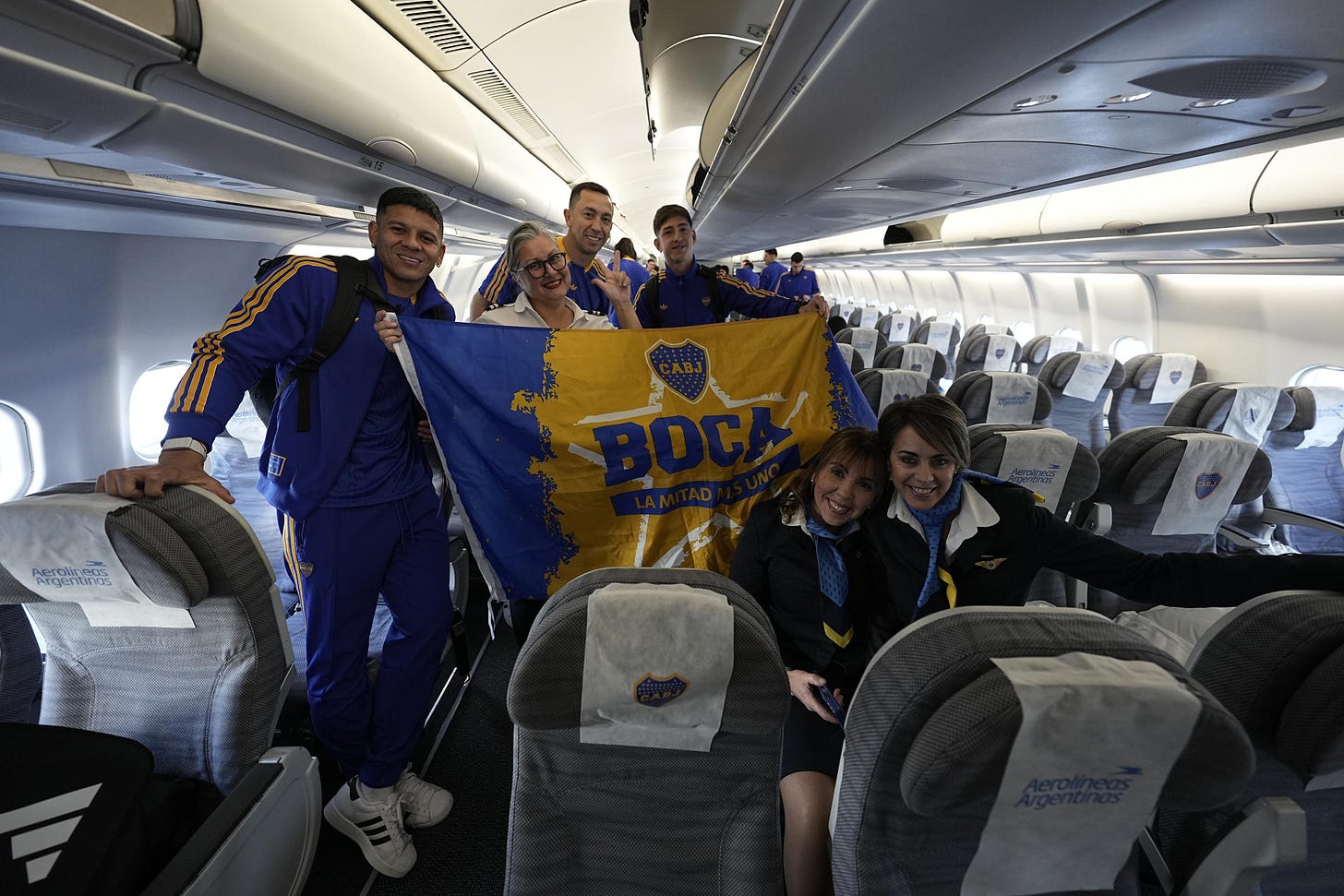Opinion: FIFA Club World Cup rekindles Europe-South America rivalry
Tournament highlights a rich past, pride and the growing global divide

The rivalry between European and South American teams is one of the most storied and intense in the history of the game. Rooted in decades of international competition, cultural pride and contrasting styles of play, this rivalry has played out across World Cups and international club championships.
The competition between European and South American clubs, though limited in direct matches over the decades, has long been a symbol of a broader rivalry between the two continents when it comes to culture, style and dominance.
One of the most prominent stages for this intercontinental clash was the Intercontinental Cup (played between 1960 and 2004), contested between the champions of Europe (Champions Cup/Champions League) and South America (Copa Libertadores). This annual fixture became a battleground for continental pride, with clubs like Real Madrid, AC Milan, Boca Juniors and Penarol representing their continents for global bragging rights.
Throughout the years, these contests, often intense and sometimes even aggressive, carried the weight of proving which continent had the superior club soccer and players. South American teams dominated the early years, showcasing flair and raw talent, while European clubs gradually asserted their tactical and financial superiority, especially starting in the 1980s when TV money flooded the game.
It was a trophy that, for example, allowed Pele — a lifelong player for Santos and later the New York Cosmos — to display his dominance over European clubs. The Brazilian legend lifted the trophy twice (in 1962 and ‘63) at the expense of Benfica and AC Milan, two of Europe’s best teams at the time.
Six decades later and the balance has shifted. Even big South American clubs have become a minor league for Europe’s elite sides. Every summer we see another teen prodigy sign with Real Madrid. The latest example is River Plate’s 17-year-old scoring phenom Franco Mastantuono. The teen is playing for the Argentine club at the Club World Cup, but will move to Real Madrid in time for the start of a new La Liga season.
“European teams have an advantage,” said Luis Enrique, coach of the recently-crowned Champions League winners PSG, adding that teams from the Old Continent “have the best from Europe, but also the best from Africa, America and Asia.”
On the field, this global rivalry continues at the FIFA Club World Cup, which replaced the Intercontinental Cup in 2005. While that incarnation of the tournament included champions from all six confederations, the final has nearly always featured European and South American teams.
Since 2013, no South American club has won the FIFA Club World Cup, with European teams consistently claiming the title. This has underscored the growing gap in club strength between the continents.
The expanded tournament that FIFA rebooted this year featuring 32 teams and plenty of European-South American matchups. While power has shifted to the European game (and specifically to England, Italy, Spain, Germany and France), this current Club World Cup could still offer up — disparities aside — a few surprises.
For now, the tournament has already seen two Europe versus South America clashes: Palmeiras-Porto and Boca Juniors-Benfica. Palmeiras and Porto played to a 0-0 draw on Sunday at MetLife Stadium near New York.
The following day, Boca Juniors played Benfica to a feisty 2-2 draw before a raucous crowd at Hard Rock Stadium in Miami. The spicy game also featured three yellow cards. Not lost on anyone was the fact that both Benfica goals were scored by Argentines Angel Di Maria and Nicolas Otamendi.
The rivalry continues on Tuesday when Brazilian side Fluminense take on Borussia Dortmund at MetLife Stadium. It will be the latest chapter in this ongoing intercontinental rivalry. It could also be a prelude to what we see next month in the final at this very venue.
River Plate manager Marcelo Gallardo said taking part in this edition of the Club World Cup “generates great expectation” and the chance to play Europe’s top clubs “has a very, very special flavor.”




